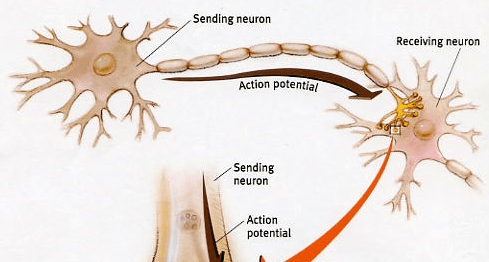Difference Between Axon and Dendrites
There are two very different and important parts of a nerve cell: axons and dendrites. These two cellular components are responsible for transmitting electrical signals with other nerve cells. Read on to learn how these two structures differ from each other and their unique function

What is Axon?
An axon is a long thin nerve fiber that carries electrical impulses away from the nerve cell body. It acts as an important means of transmitting signals to other nerves, muscle cells or glands.
The axon is covered with myelin, which helps resist electrical energy and facilitate conduction.
What is Dendrites?
A dendrite is a small branching extension of a neuron that receives signals from other neurons. Dendrites play an important role in storing and integrating synaptic input, allowing neurons to process information and communicate with other cells.
Difference Between Axon and Dendrites
| Axons | Dendrites |
| Number | |
| Only one axon per nerve cell | Many dendrites in a nerve cell |
| Arises From | |
| The discharging end of a neuron | The receiving end of a neuron |
| Length | |
| Longer than dendrites | Comparatively shorter than axons |
| Thickness | |
| Uniformly thick throughout its length | Edges taper off into branch-like structures |
| Neurofibrils | |
| Present | Present |
| Nissl’s Granules | |
| Absent | Present |
| Direction of Conduction | |
| Conducts impulses away from the cell body (soma) | Conducts impulses towards the cell body |
| The terminal branches end in a knot | Knots are not formed |
Related Article: